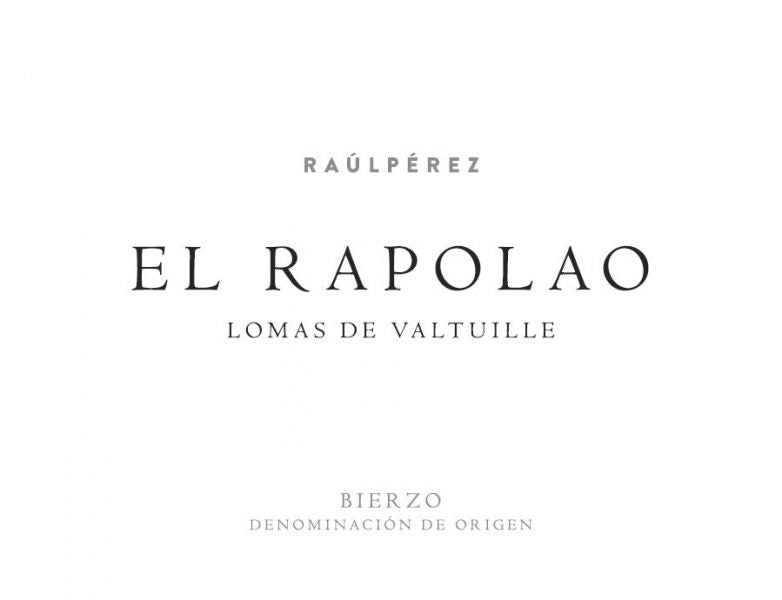1
/
of
1
Raul Perez La Vizcaina El Rapolao Lomas de Valtuille - 2023 (750ml)
Raul Perez La Vizcaina El Rapolao Lomas de Valtuille - 2023 (750ml)
Regular price
$44.99
Sale price
$44.99
Regular price
$44.99
Unit price
/
per
The 2023 El Rapolao Lomas de Valtuille is a Mencía from a centenary vineyard in Bierzo that is trained from head to trellis. It fermented with 100% whole clusters and aged for up to 11 months in barrel. This is direct, offering pomegranate, cherry, violet, rosehip and a hint of mint that refreshes the bouquet. It is juicy and tense, with fine, slightly dry tannins delivering freshness and energy. The finish is compact and marked by the stem character. - Joaquín Hidalgo September 2025
- The 2023 La Vizcaína El Rapolao has some citrus freshness (blood orange) that balances the natural rusticity the place gives to the wine. It has abundant, slightly dusty tannins that come from a year with good yields. This is mostly Mencía (with some field blend), and 80% of the grapes come from a vineyard planted in 1974 to 1976, one of the youngest plots in the lieu-dit. Fermentation was with indigenous yeasts and without temperature control. They produced 4,500 bottles in 2023. - Luis Gutiérrez
Availability:
34 In Stock
$25 Shipping on Orders +$299
Couldn't load pickup availability
Share :

- varietal
- Region
- Sub - Region
- Type
- Reviews
This Spanish varietal is quickly gaining in popularity as a new generation of winemakers produce more complex and concentrated wines diplaying much of the same elegant aroma profile as Cabernet Franc.
Castilla is a Spanish geographical indication for Vino de la Tierra wines located in the autonomous region of Castile La Mancha. Vino de la Tierra is one step below the mainstream Denominación de Origen indication on the Spanish wine quality ladder.
NULL
Red wine is wine made from dark-coloured grape varieties. The color of red differs based on the grapes variety or varieties used.Interestingly, black grapes yield a juice that is greenish-white. The actual red color comes from anthocyan pigments (also called anthocyanins) from the skin of the grape (exceptions are the relatively uncommon teinturier varieties, which produce a red colored juice). Most of the production centers around the extraction of color and flavor from the grape skin.


